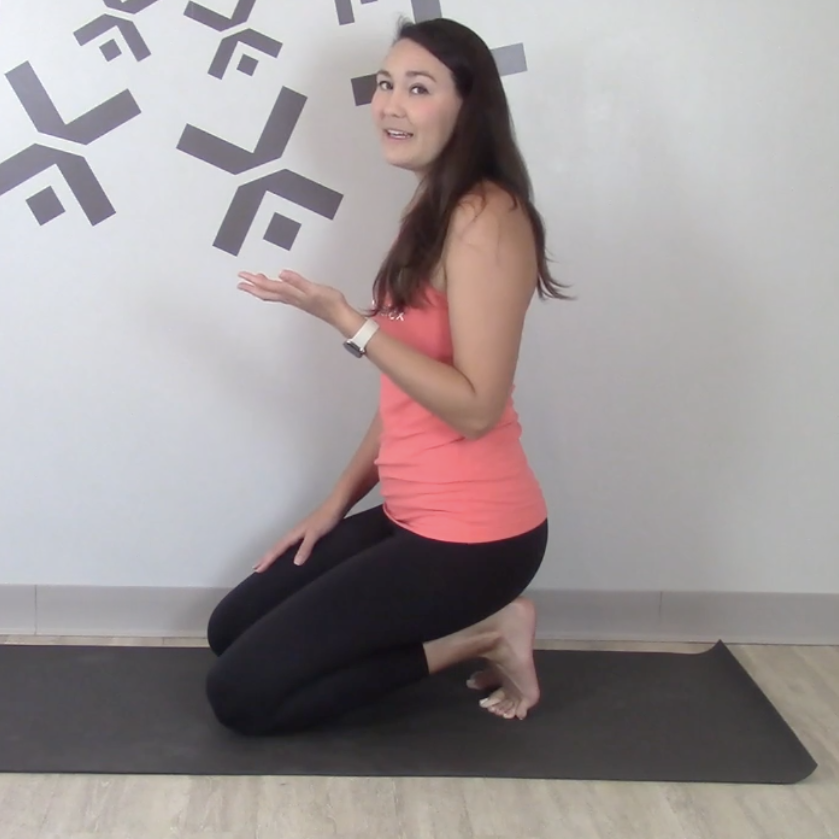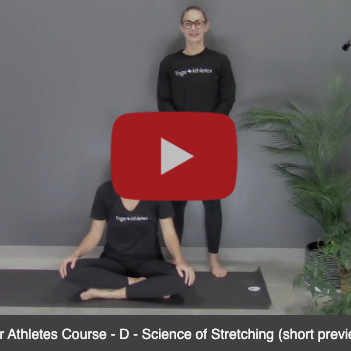The ankle plays an important role in knee and foot health. If you are an athlete that is prone to ankle injury or foot pain, listen up!
Together the foot and the ankle are comprised of more than two dozen bones and 3 joints. The ankle absorbs all the pressure of the body with each step you take, no matter the terrain.
More than 9 million Americans sprain their ankle each year. Most injuries occurring between the ages of 15 and 24 and rarely do they every fully heal – leading to long term mobility and stability issues.
The good news? There’s Functional Movement Screening and yoga for that!
The Bones
- Tibia: Shin Bone – The larger of the two bones that make up the lower leg
- Fibula: The thinner, smaller bone on the outside of the lower leg
- Calcaneus: The heel bone
- Talus: A wedge-shaped bone of the ankle joint that is located between the heel bone and the fibula and tibia; it forges a connection between the leg and the foot, aiding in ankle movements and helping maintain balance when weight is transferred from the ankle to the leg
- Metatarsals: A set of five long bones in the mid-foot that connect the ankle to the toe
- Tarsals: A set of seven hind- and mid-foot bones that exist to help bear weight; two of the most notable tarsals are the navicular and cuboid bones
- Navicular: A boat-shaped bone on the inner foot that creates the foot’s arch and assists with weight distribution
- Cuboid: A cube-shaped bone that connects and provides stability to the outer foot and ankle
The Joints
- Talocrura: The technical term for the ankle joint, which is the point where the tibia, fibula, and talus meet
- Transverse Tarsal Joint: Where the talus, calcaneus, navicular, and cuboid bones meet
- Subtalar Joint: Where the talus and calcaneus meet
The Movements
The ankle has six different movements available to it.
- 1. Dorsiflexion: The top of the foot moves toward the knee
- 2. Plantar flexion: The sole of the foot moves toward the calf
- 3. Eversion: The outside of the ankle moves toward your hip
- 4. Inversion: The inside of your ankle moves toward your groin
- 5. Abduction: A movement at the ankle causing the toes to move away from the body
- 6. Adduction: A movement at the ankle resulting in the toes moving in toward the midline
Fun fact: When you combine dorsiflexion, eversion, and abduction, your foot pronates; when you combine plantar flexion, inversion, and adduction, your foot supinates
Keeping Your Ankles Healthy
So, how does this apply to you? We want you to keep your ankles healthy by getting on your mat with us. If you haven’t done your Functional Movement Screen yet, do it! If you have, work the exercises so they can work for you.
Need a little more? These yoga poses will strengthen the ankle.
- Tree Pose
- Hero Pose
- Staff Pose
- Calf Raise
You can also check out all the on-demand yoga classes with an ankle focus!

STAY IN THE LOOP!
Subscribe to our free newsletter.
Here's a 4-minute video clip from the 19-minute section about the Science of Stretching from the Yoga Coaching Course!
Here's an 8-minute video about athletes from the Yoga Coaching Course!
Here's a 7-minute introduction video for the Yoga Coaching Course.
This course will give you a better understanding of the importance of yoga and how to apply it to the athletes you currently work with.



